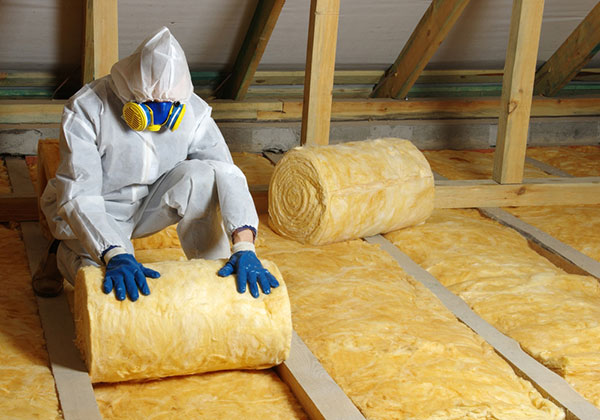Does Your Home need an Attic Insulation Replacement?
Author: Dan Stout | January 23, 2024
If you have an older home, you may be wondering whether you need to consider an attic insulation replacement. The good news is that insulation doesn't wear out. In a perfect environment, insulation will be every bit as effective 100 years after it's installed.

Of course, the bad news is that we don't live in a perfect environment! While insulation doesn't wear out, it can be damaged, resulting in a loss of insulating R-value (how well insulation prevents heat conduction) or even creating a potential health hazard in your home.
Here are four signs that the time is right for an insulation refresh.
Rodent Activity
Your home may be your castle, but it's also a sanctuary for pests! Rodents, in particular, enjoy burrowing in loose-fill (sometimes called blown-in) insulation. This material, usually fiberglass or cellulose, is ideal for small rodents who compact the fibers to create tunnels and nests.
Rodents can carry disease and leave urine and droppings in their wake. If they die indoors, their bodies decompose where they lay. All that waste material contributes to a toxic environment that can circulate through your home, especially if the attic isn't properly air sealed.
Any insulation that shows direct evidence of rodent activity should be removed and replaced. Also, be sure to inspect the surrounding areas for hidden rodent activity and replace them as needed.
Compression
Insulation functions by creating many small air pockets, and compacted insulation crushes those air pockets, which actually reduces the insulation's effectiveness. Blown insulation settles naturally over time, but proper installation accounts for settling due to gravity. Animal or human activity is more likely to create a compression problem.
If your insulation shows significant depressions from foot traffic, storage boxes or animal nesting, it's best to replace it with fresh material.
Water Infiltration
The same air pockets that make insulation effective can also act like sponges. Wet insulation gains weight and compresses, making it less efficient. Then, the warm environment of most attics becomes the perfect breeding ground for mildew and mold.
Exceptions to this rule include rigid foam boards, mineral wool and closed-cell spray foam. All of these can be dried out after exposure to water. However, moisture trapped between the insulation and other materials can still spread mildew growth. Should you have a roof leak, it's essential to fix the source, then thoroughly examine any insulation exposed to water.
Improper Materials
In older homes, it's not uncommon to find insulation that's no longer used in modern construction. Homes were previously insulated with shredded newspaper, straw or other flammable material. If your home still has these kinds of insulation, it should be taken out and replaced as soon as possible.
An attempt to improve upon flammable insulation popular throughout most of the 20th century was to use insulation made with fire-resistant materials such as vermiculite. Unfortunately, the vast majority of vermiculite mined in the US was tainted with asbestos. If you suspect you have vermiculite insulation, this EPA guide contains photos to compare with your home's insulation. Do not attempt to remove asbestos on your own. Consult with a remediation expert to determine if removal or abatement (safely and securely covering it up) is the best solution.
So, how often do you need to replace your attic insulation? Only when it's not doing its job. Watch your energy bills for rising costs, and keep an eye out for leaks or animal activity. If you see signs of damage, consult a pro for an estimate on attic insulation replacement.